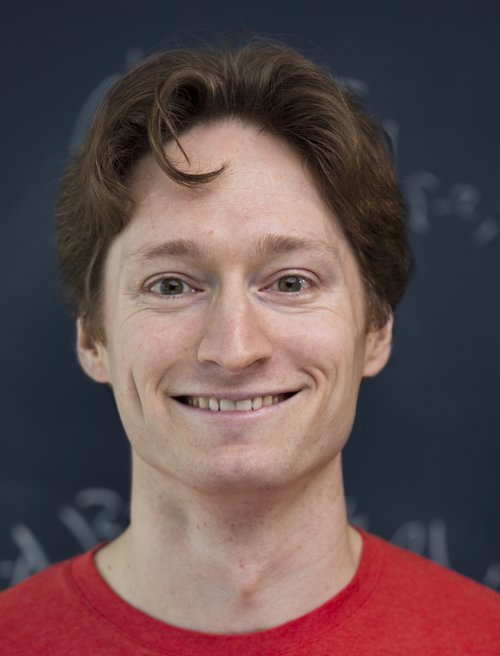Jonathan bloom
broad institute
Learn more about building an AI-first life science startup on the Air Street Capital blog and our monthly analytical newsletter, Your Guide to AI.
The Research and Applied AI Summit (RAAIS) is a community for entrepreneurs and researchers who accelerate the science and applications of AI technology. In the lead up to our 5th annual event on June 28th 2019 in London, we’re running a series of speaker profiles to shed more light on what you can expect to learn on the day!
This year, we’re organising a deep-dive session on how AI methods are transforming the life sciences. We’re thrilled to welcome Jonathan Bloom from the Broad Institute of MIT and Harvard! Jon is a mathematician, engineer, and Institute Scientist at the Broad Institute. Launched in 2004 on the back of the Human Genome Project, the Broad Institute exists to accelerate the pace at which the world cures disease by combining industry-scale data generation with the openness and creativity of academic research.
At Broad, Jon co-founded the Hail team to build distributed systems now used throughout academia and industry to harness the flood of sequenced genomes to uncover the biology of disease. He also co-founded and directs the Models, Inference, and Algorithms Initiative (MIA) to foster education and collaboration at the interface of biology and computation.
In his talk, Jon will share the story behind the Broad, Hail, and MIA from the perspective of a theoretical mathematician who began to stare at other people’s shoes. For a primer on the journey, check out this week’s feature The Kendall Square Codebreakers in The Harvard Crimson. Jon will also argue that machine learning needs biomedicine as much as biomedicine needs machine learning, drawing on real-world examples from his own interdisciplinary collaborations since joining Broad in July 2015.
These include building software and algorithms to run the largest ever genome-wide association study in hours; autoencoding single-cell gene expression, leading to new algorithms for eigendecomposition that suggest how the brain might learn like an artificial neural network; delivering therapeutics past the blood-brain barrier; creating the most unbiased genome sequencing benchmark to date; computing secure multiparty linear regression across biobanks or companies at plaintext speed; and aligning the skull for orthodontic treatment. You can catch him lecturing on the fusion of ML and bio here, on scalable infrastructure for genomic data science here, and on the topology of PCA itself here, here and here.
Prior to joining Broad in 2015, Bloom did theoretical research in algebraic topology and geometry as a Moore Instructor and NSF Postdoctoral Fellow in Mathematics at the Massachusetts Institute of Technology. While there, he re-architected 18.05: Introduction to Probability and Statistics, now among the most popular offerings on MIT OpenCourseWare. Bloom received his PhD from Columbia University and B.A. from Harvard University in Mathematics.
You can find on Twitter here. Welcome to #RAAIS2019, Jon!


